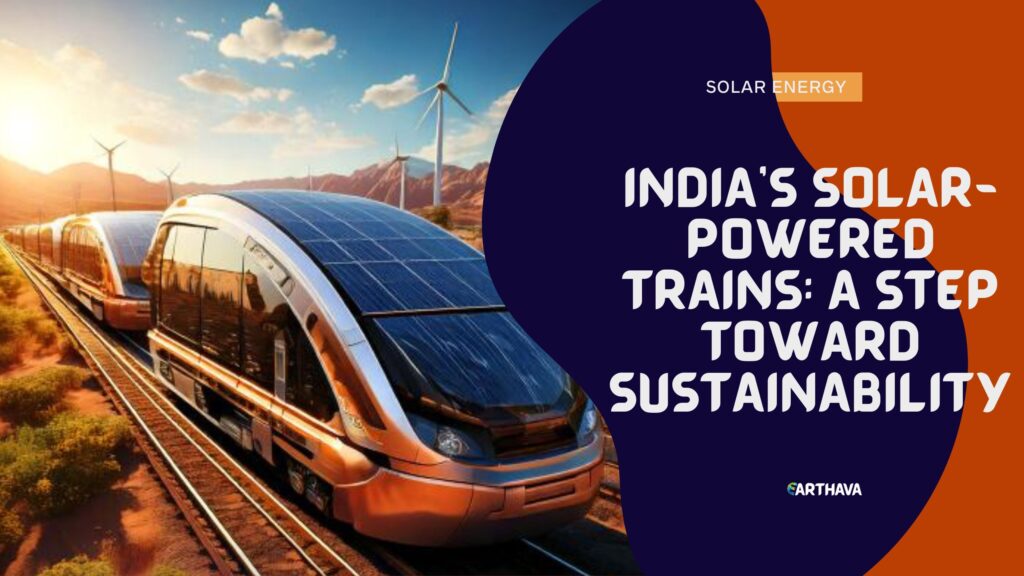Following the first-ever International Solar Alliance (ISA) summit in March, the year 2018 has seen India become an unlikely leader in the green revolution.

The country, home to 1.3 billion people, played host to the inaugural summit, setting a lofty goal of drawing 40 percent of its power from renewable sources by 2030, according to Global Citizen.
Within India’s nationwide push towards renewables, trains and train stations are an integral part of its ambitious sustainability plan. In May, a North-East Frontier Railway station in Guwahati made headlines as the first train station in India to run completely on solar power. The 2,500 rooftop solar panels at Guwahati Station will offset an estimated 1.3 million pounds of carbon dioxide every month.
Finding alternative energy sources is imperative to the congested country. With a climate that sees about 300 annual days of sunshine, harnessing the power of the sun for energy is a smart choice.
Merging Sustainability and Infrastructure
Many major U.S. cities in the desert Southwest — including Las Vegas, El Paso, and Phoenix — boast comparable numbers where daily sunshine is concerned. Of those three metropolitan areas, however, only El Paso has a passenger train stop, a glaring indication of the sub-par public transportation system across the U.S.
Conversely, India’s vast rail network encompasses more than 7,300 stations to serve its estimated 25 million daily passengers, making it the fourth-largest train system in the world. The U.S. has a long way to go if it wants to keep pace with India.
Recently, however, the viability of trains as a means of reducing pollution and saving money while traveling across the U.S. has become a major talking point of the green revolution. In the Pacific Northwest, a high-speed rail system connecting the metropolitan hubs of Portland, Seattle, and Vancouver, B.C. was proposed as early as 2010. Eight years later, studies related to the proposal are ongoing.
Solar Energy Innovation Leaders
Across the world from the high-speed rail dreams of the U.S., India is firmly situated as a standout force in solar energy and sustainable transportation, but several other countries are top contenders as well, including Belgium.
In fact, it was that small European country that kicked off the global solar power/train partnership. In 2011, Belgium introduced a 2-mile-long tunnel lined with 16,000 solar panels, collecting about half of the energy needed to provide power to a major transportation hub: Antwerp Central Station.
Belgium’s neighbors also stand firm in their commitment to sustainability. Wind power fuels every electric train in the Netherlands, a feat accomplished in January 2017.
And India isn’t far behind: The nation is in the midst of a veritable solar revolution, and Guwahati Station is just the latest addition.
India is also at the forefront of sustainability education. In 2017, the country played host to a solar-powered bus, called the “Solar Comet.” The brainchild of Greenpeace, the bus toured the capital city of New Delhi for 20 days as a means of spreading the word about solar energy.
Greener Pastures in Global Transportation
On a global scale, transportation is a major component in the worldwide push towards sustainability, and India is leading the way. As we reported in August 2016, nearly 30 percent of the energy consumed in developed nations is transportation-based, whether it’s products or humans that are being transported. If that energy could be offset with sustainable, the amount of carbon emissions in the atmosphere would be vastly reduced.
Sustainability leadership takes more than just technological innovation, however; widespread education and a nationwide commitment to reducing carbon emissions and pollution are the first steps toward a greener world.


